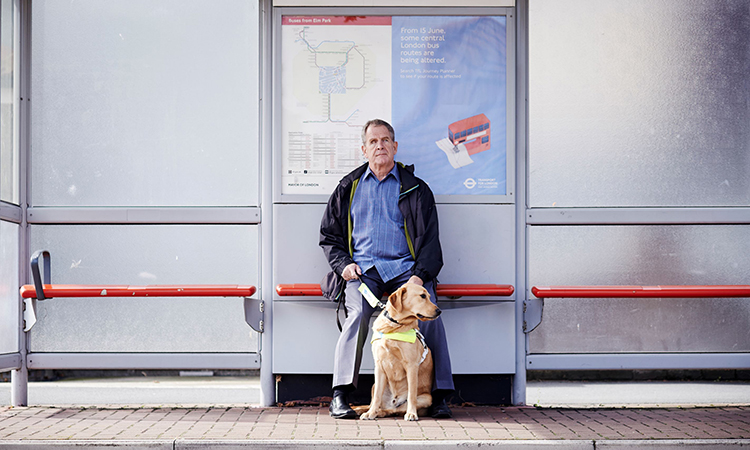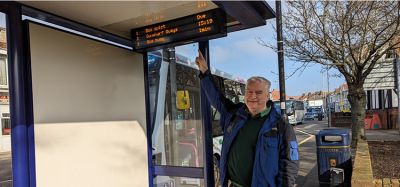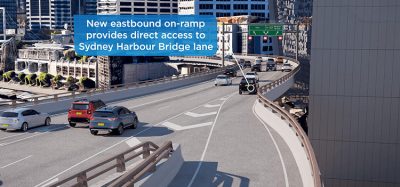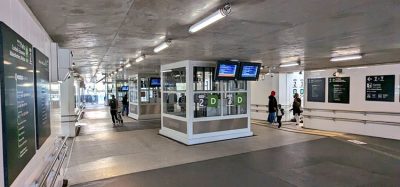Disabled public transport users in UK uncomfortable with easing of COVID-19 restrictions, says new research
- Like
- Digg
- Del
- Tumblr
- VKontakte
- Buffer
- Love This
- Odnoklassniki
- Meneame
- Blogger
- Amazon
- Yahoo Mail
- Gmail
- AOL
- Newsvine
- HackerNews
- Evernote
- MySpace
- Mail.ru
- Viadeo
- Line
- Comments
- Yummly
- SMS
- Viber
- Telegram
- Subscribe
- Skype
- Facebook Messenger
- Kakao
- LiveJournal
- Yammer
- Edgar
- Fintel
- Mix
- Instapaper
- Copy Link
Posted: 5 August 2021 | Intelligent Transport | No comments yet
An RiDC report has suggested that over 60 per cent of disabled people in the UK now feel uncomfortable travelling on public transport.


Credit: Research Institute for Disabled Consumers
New research has found that disabled and older people in the UK have been left feeling uncomfortable about using public transport following the further easing of COVID-19 restrictions across the country.
A report by the Research Institute for Disabled Consumers (RiDC) suggests that more than 60 per cent of disabled people now feel uncomfortable travelling with others, and more than 85 per cent think that mask-wearing on public transport should remain mandatory for the foreseeable future.
More than 950 people from RiDC’s pan-disability consumer panel took part in the survey. The charity works with businesses and organisations to make products and services inclusive, using the views and experiences of its 2,500 consumer panel members.
“Freedom Day has the potential to be quite the opposite for disabled and older people,” said CEO of the Research Institute for Disabled Consumers, Gordon McCullough. “With the main reason for respondents using public transport being to attend a hospital or GP appointment, it presents a worrying picture. If their concerns limit whether they decide to travel, disabled and older people would also have to find alternative ways to shop and would miss out on valuable time with family and friends – the next two most common reasons that they take public transport.”
More than 90 per cent of respondents to the survey (who are not exempt from wearing a mask) said that they will continue to wear a face mask when travelling, and 60 per cent would be encouraged to take public transport if other passengers did the same.
“While they can make choices about how they themselves travel,” continued McCullough, “they have no control on the behaviour of those around them. Given that 90 per cent of respondents to our survey have mobility issues, moving to another seat may be easier said than done. And those with a visual impairment might not be aware of who is wearing a mask or not.”
Hannah Langford from Knutsford in Cheshire has muscular dystrophy and uses a powered wheelchair. She used to take the train into London, has used black cabs and buses, but won’t be returning to public transport in the foreseeable future: “I have been shielding since March 2020, and I feel like using public transport would be very unwise, particularly as COVID-19 cases have been rising. It’s quite scary now that there aren’t the same precautions in place and we are reliant on people’s common sense. I feel that people in my situation have been forgotten.”
The survey is the latest in a series of research projects into how the pandemic has impacted disabled people across the UK since the beginning of lockdown in March 2020.
“While, at the beginning of the pandemic, measures like quiet shopping hours were put in place, disabled people are now going out into the community with none of those safeguards,” McCullough concluded. “Their caution about using public transport in the current circumstances is another illustration of decisions being made that limit their sense of freedom and increase their feelings of vulnerability.”
Related topics
COVID-19, Passenger Accessibility, Passenger Experience, Public Transport, Vehicle & Passenger Safety
Related cities
United Kingdom
Related organisations
Research Institute for Disabled Consumers (RiDC)
Related people
Gordon McCullough, Hannah Langford








